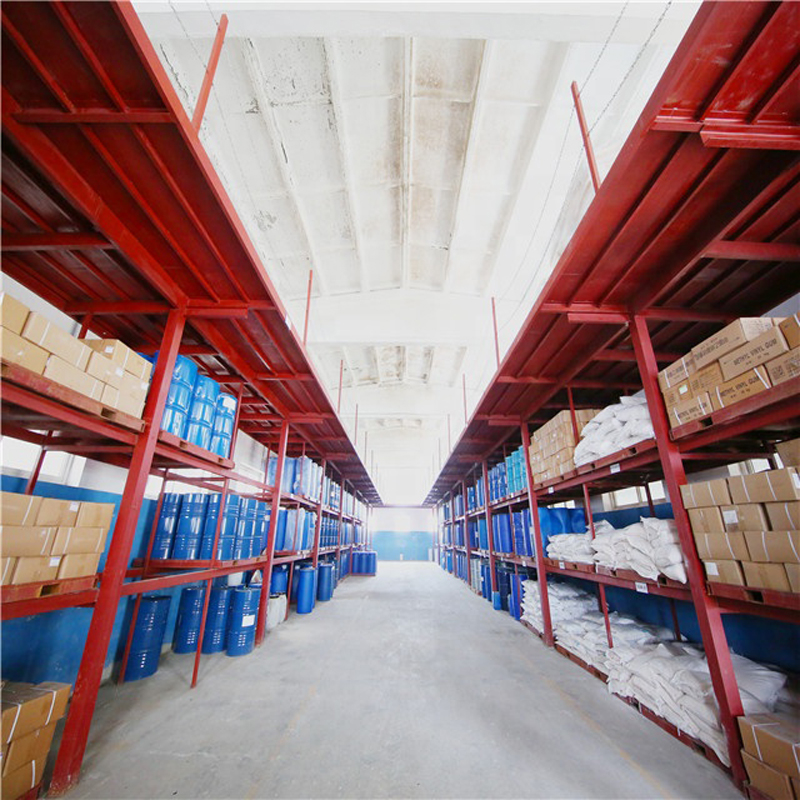Recently, there have been signals of price increases in the DMC (dimethyl cyclic siloxane) and organosilicon markets. As individual factories implement production reduction plans, the supply of
DMC in the market is gradually decreasing, and prices are also showing an upward trend. According to the latest market data, yesterday's DMC quotation has stabilized between 13400-13800 yuan/ton, but most individual factories are still reducing production and releasing strong expectations of price increases.

The source of this wave of price increases lies in the production reduction actions of individual factories. They increase production costs and market prices by reducing production, thus forming a closed loop of "production reduction cost increase price increase". Middle and downstream enterprises have different reactions to this. Some enterprises have felt the pressure of price increases from upstream and actively stocked up to cope with price increases; However, another group of companies are temporarily maintaining a wait-and-see attitude due to high inventory levels.
On the demand side, with the arrival of the traditional peak season in March, downstream enterprises' stocking enthusiasm is also constantly increasing. The orders in the silicon products market have maintained stable growth, and the speed of replenishment has accelerated; At the same time, with the warming of temperatures and the resumption of outdoor work projects, the demand for construction adhesives in the market is gradually recovering. These positive factors provide strong support for the price increase of
DMC and silicone markets.
However, the situation on the supply side is relatively complex. At present, the industry is in a dry season, and the differentiation between the north and south is increasing. Although the operating level of large factories in the north is still relatively high, the addition of silicon furnaces by some silicon plants in Inner Mongolia has led to an expected increase in subsequent supply. This may create some resistance to the price increase trend. However, overall, the short-term supply contraction will still be the core driving force for price increases.
In addition, from the perspective of the futures market, the price of 421 #
silicon metal has stabilized between 11400-12450 yuan/ton, and the futures price continues to fluctuate at a low level. This means that there is significant resistance to the rebound of silicon prices in the short term, and the market will continue to operate at a low consolidation level. However, in the long run, with the gradual recovery of downstream demand and the adjustment of supply side production capacity, there is still room for price increases in the DMC and silicone markets.
